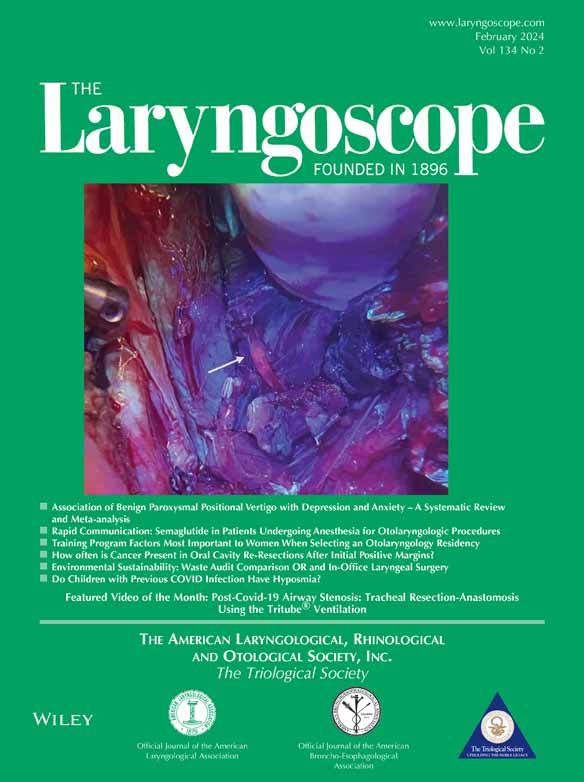Surgical Fires Involving Alcohol-Based Preparation Solution, 1991–2020
Editor's Note: This Manuscript was accepted for publication on May 30, 2023.
The authors have no funding, financial relationships, or conflicts of interest to disclose.
Abstract
Background
Alcohol-based skin preparations were first approved for surgical use in 1998 and have since become standard in most surgical fields. The purpose of this report is to examine incidence of surgical fires because of alcohol-based skin preparation and to understand how approval and regulation of alcohol-based skin preparations impacted trends in fires over time.
Methods
We identified all reported surgical fires resulting in patient or staff harm from 1991 through 2020 reported to the Food and Drug Administration's Manufacturer and User Facility Device Experience (MAUDE) database. We examined incidence of fires because of these preparations, trends after approval and regulation, and common causes.
Results
We identified 674 reports of surgical fires resulting in harm to patients and surgical personnel, in which 84 involved an alcohol-based preparation. The time-adjusted model shows that from 1996 through 2006, there was a 26.4% increase in fires followed by a 9.7% decrease from 2007 to 2020. The decrease in fires was most rapid for head and neck and upper aerodigestive tract surgeries. Qualitative content analysis revealed improper surgical site preparation as well as close proximity of surgical sites to an oxygen source as the most common causes of fires.
Conclusion
Since FDA approval, alcohol-based preparation solutions have been associated with a significant percentage of surgical fires. Warning label updates from 2006 to 2012 coupled with increased awareness efforts of associated risks of alcohol-based surgical solutions likely contributed to the decrease in fires. Improper surgical site preparation technique and close proximity of surgical sites to oxygen continue to be risk factors for fires.
Level of Evidence
4 Laryngoscope, 134:607–613, 2024




